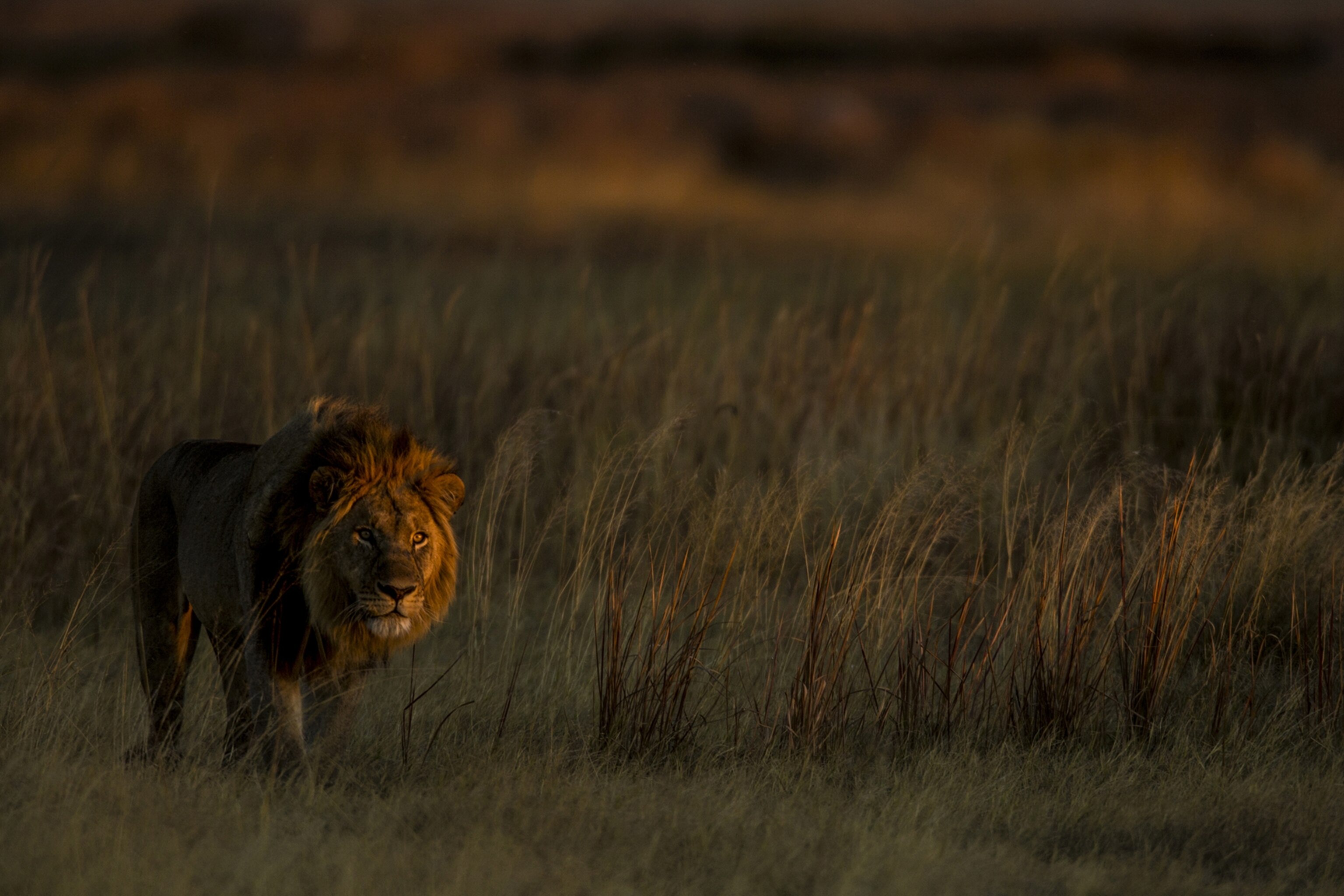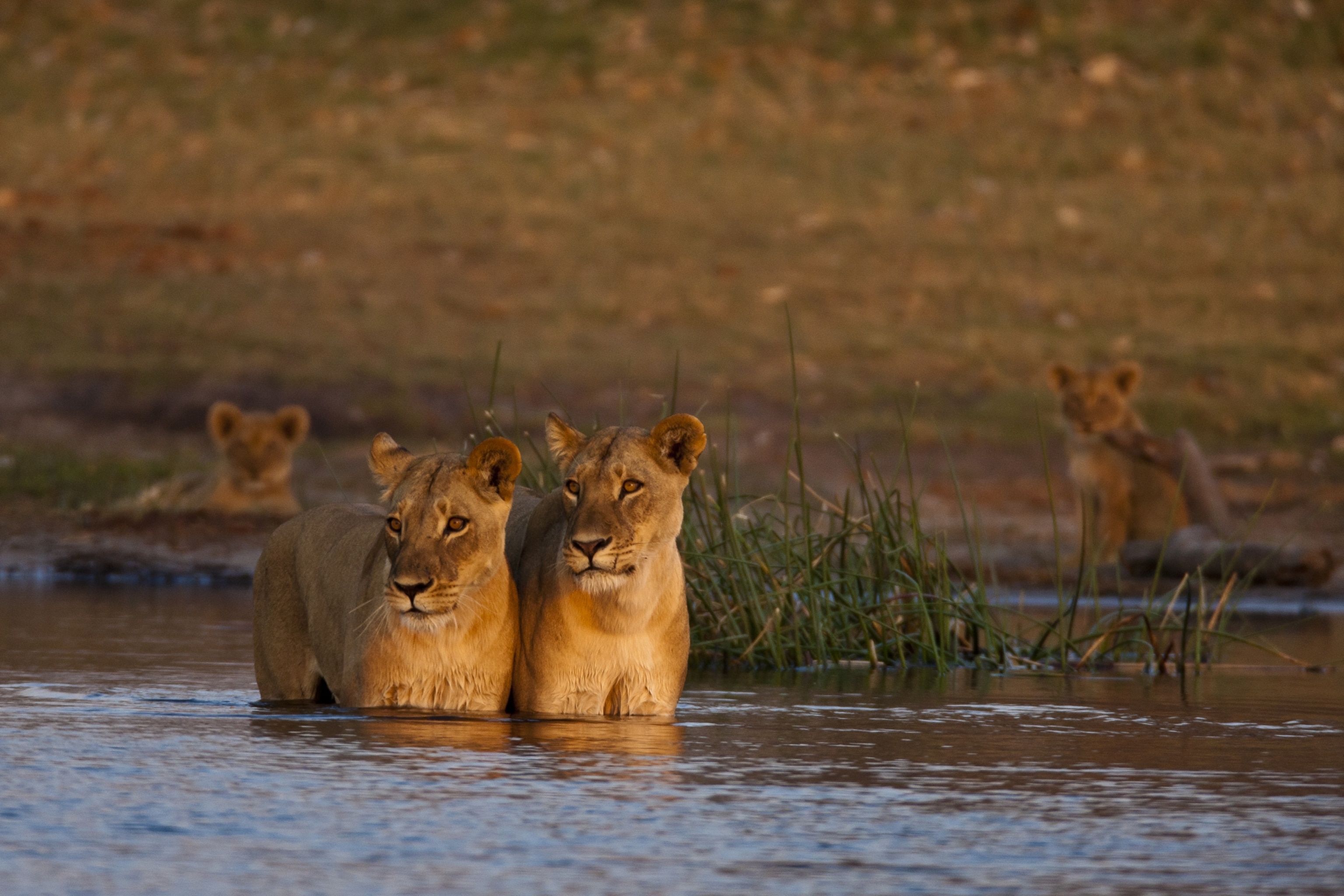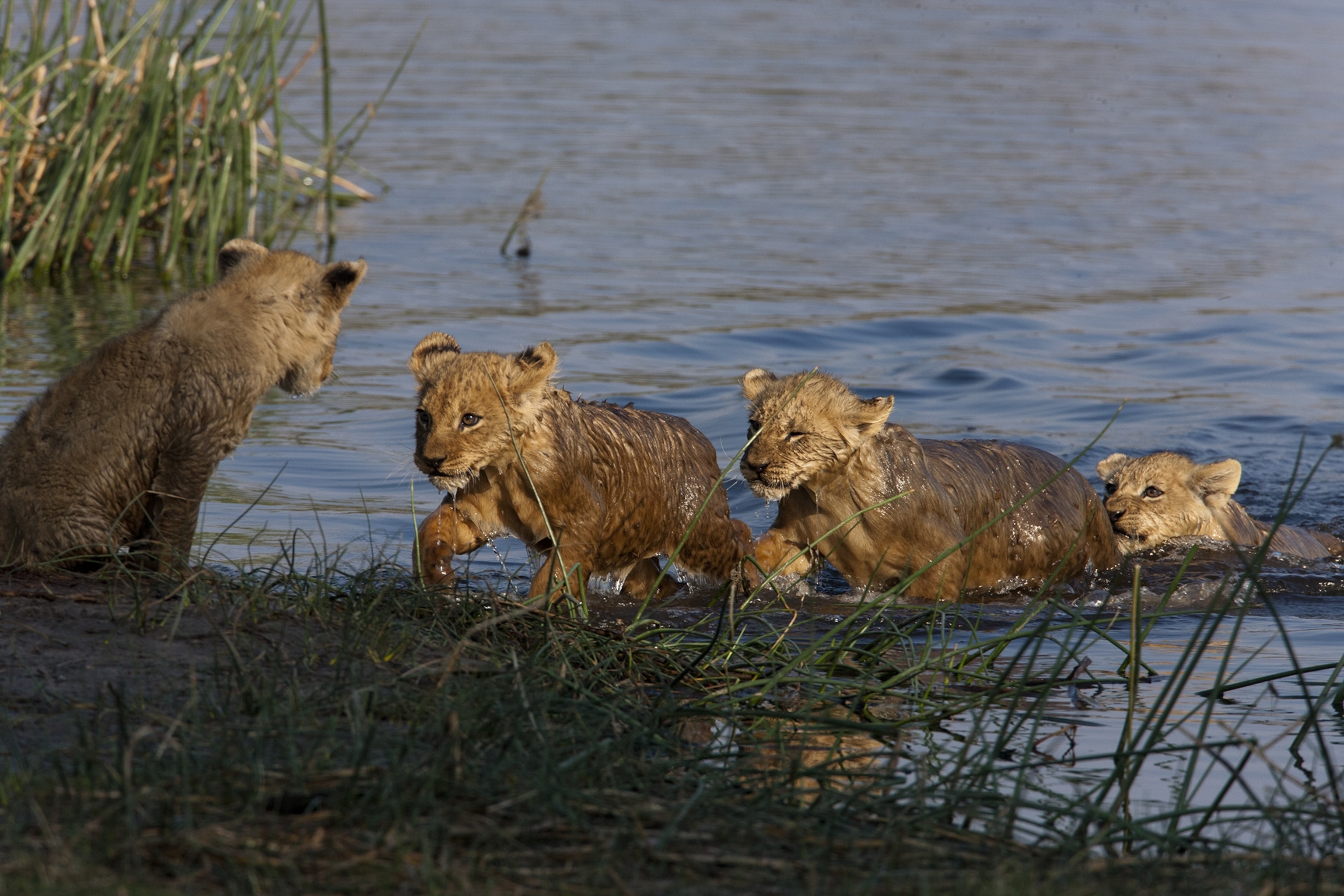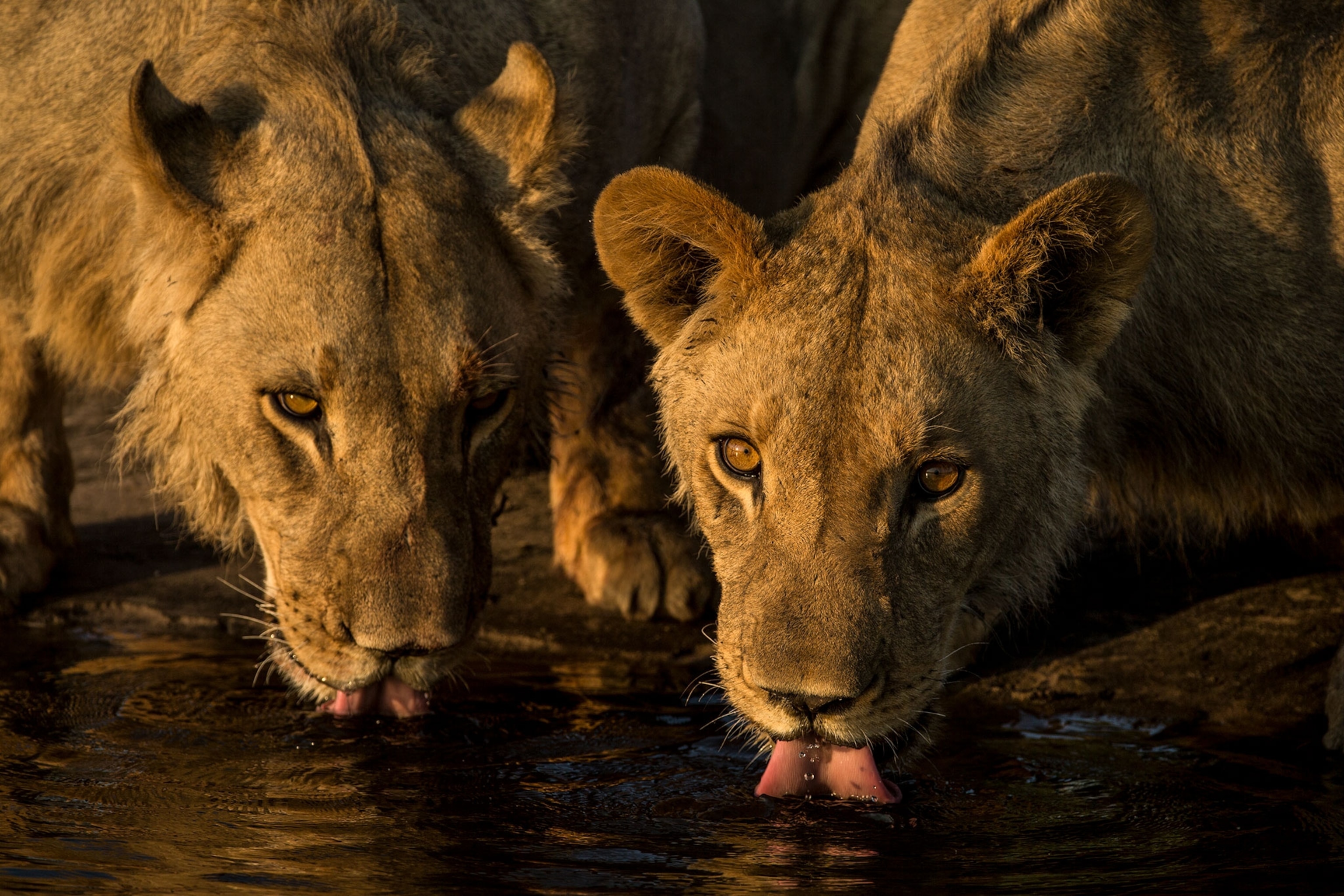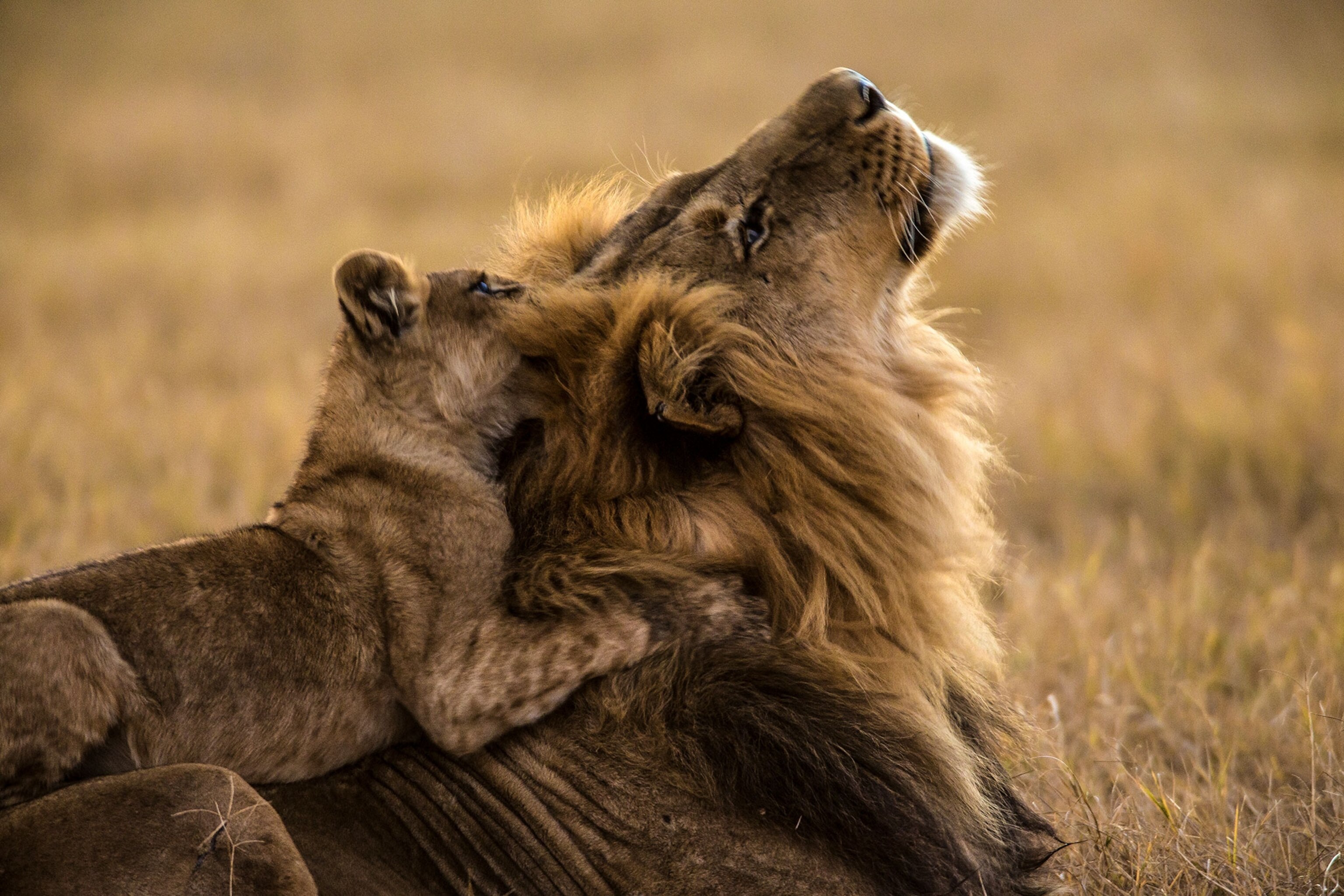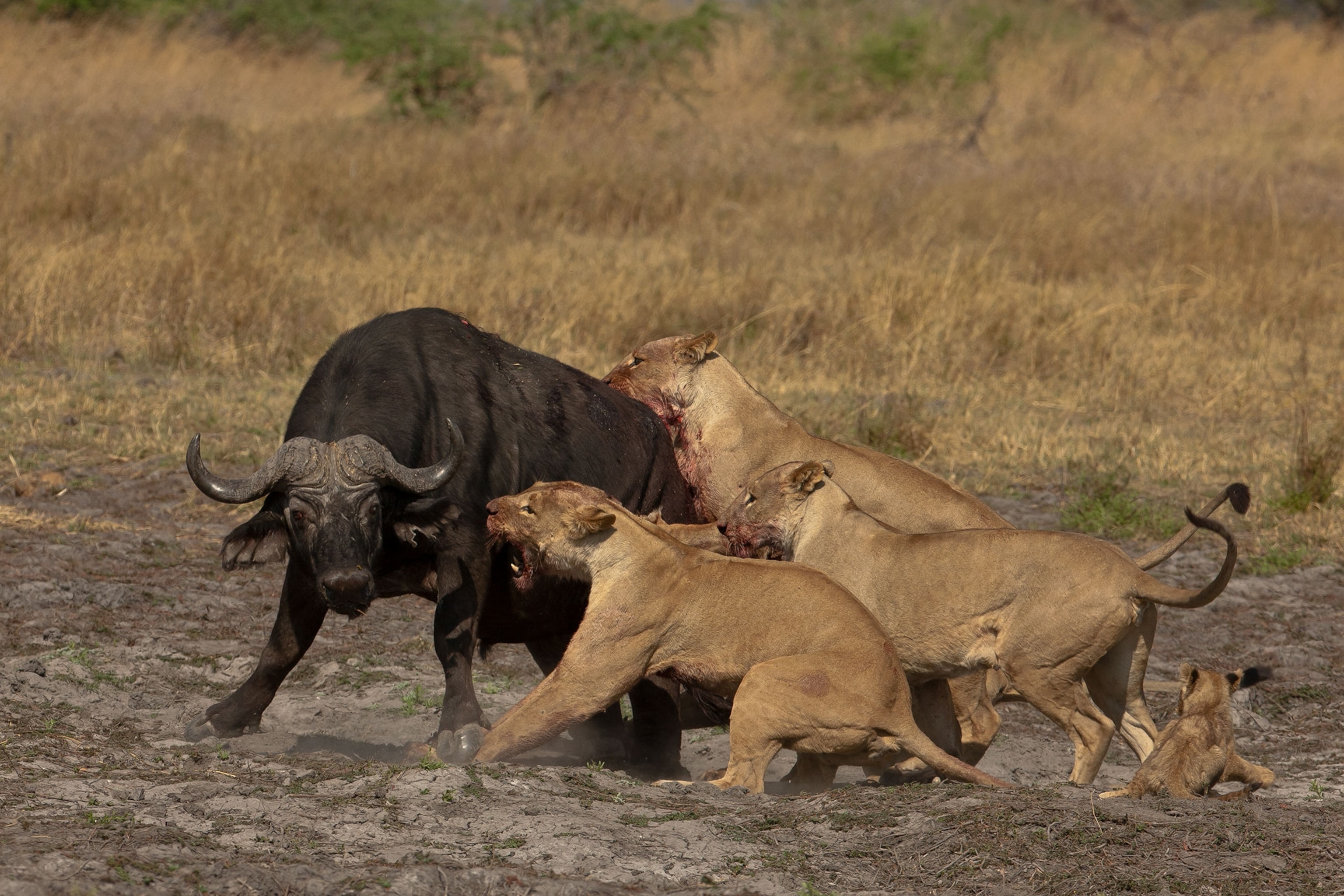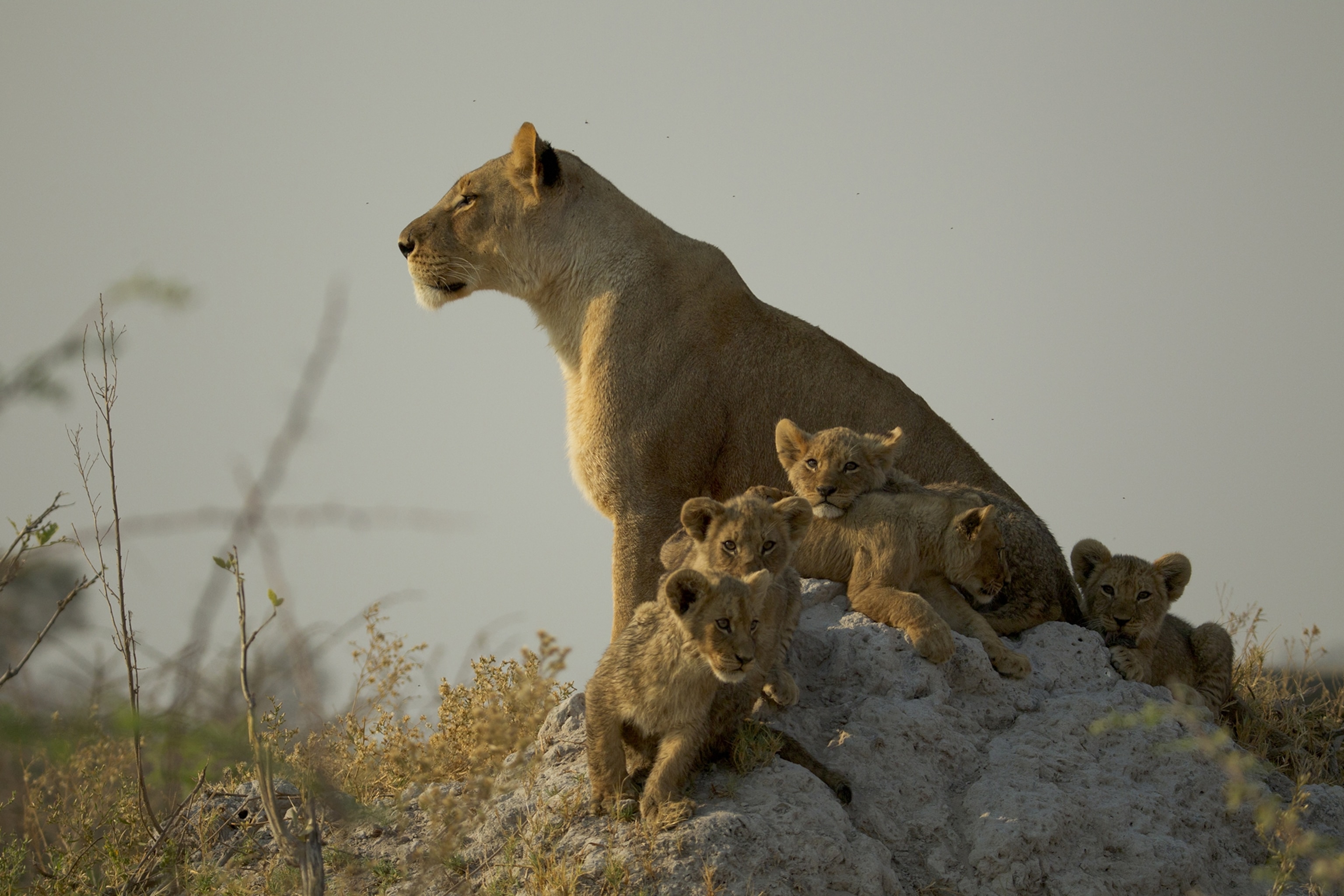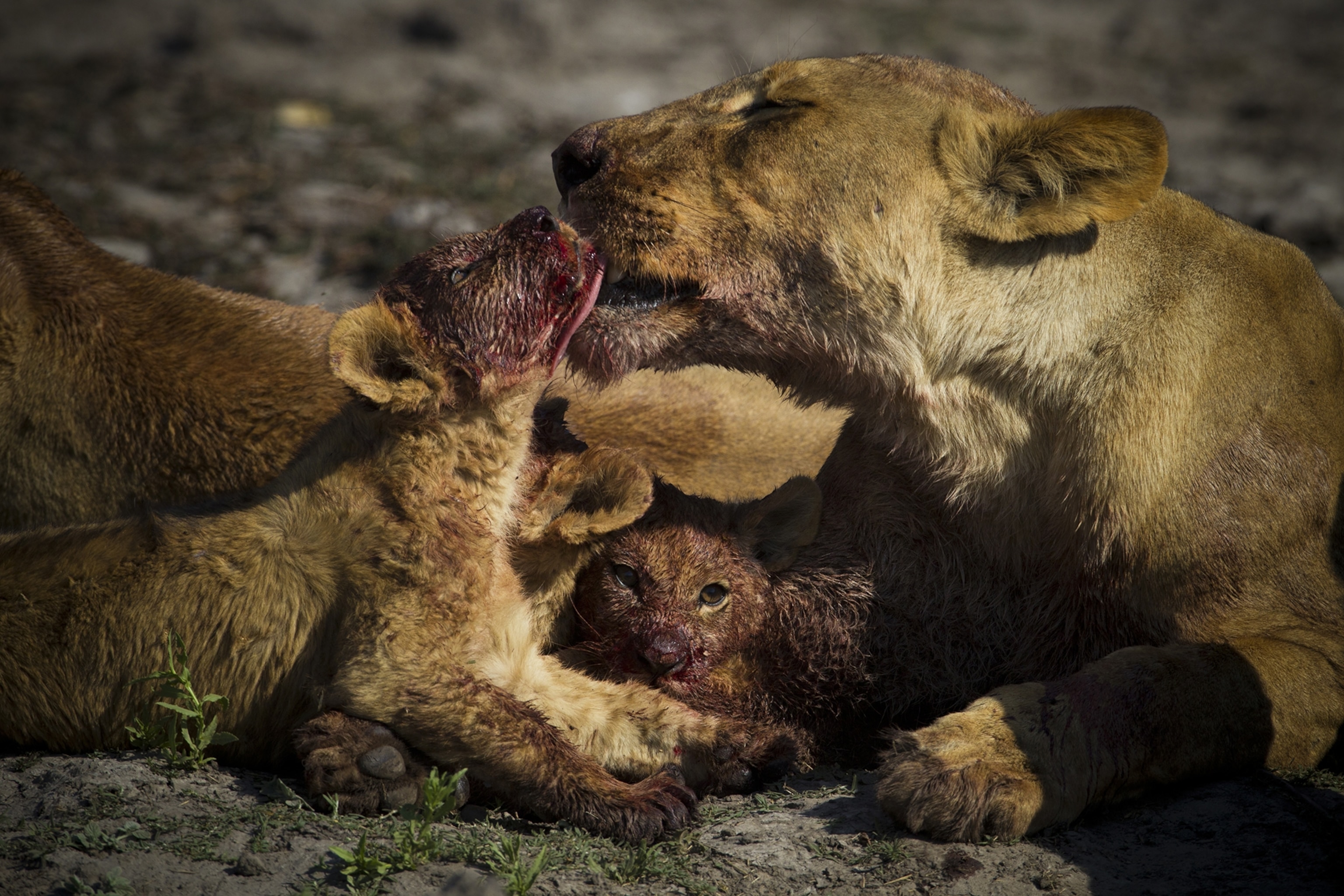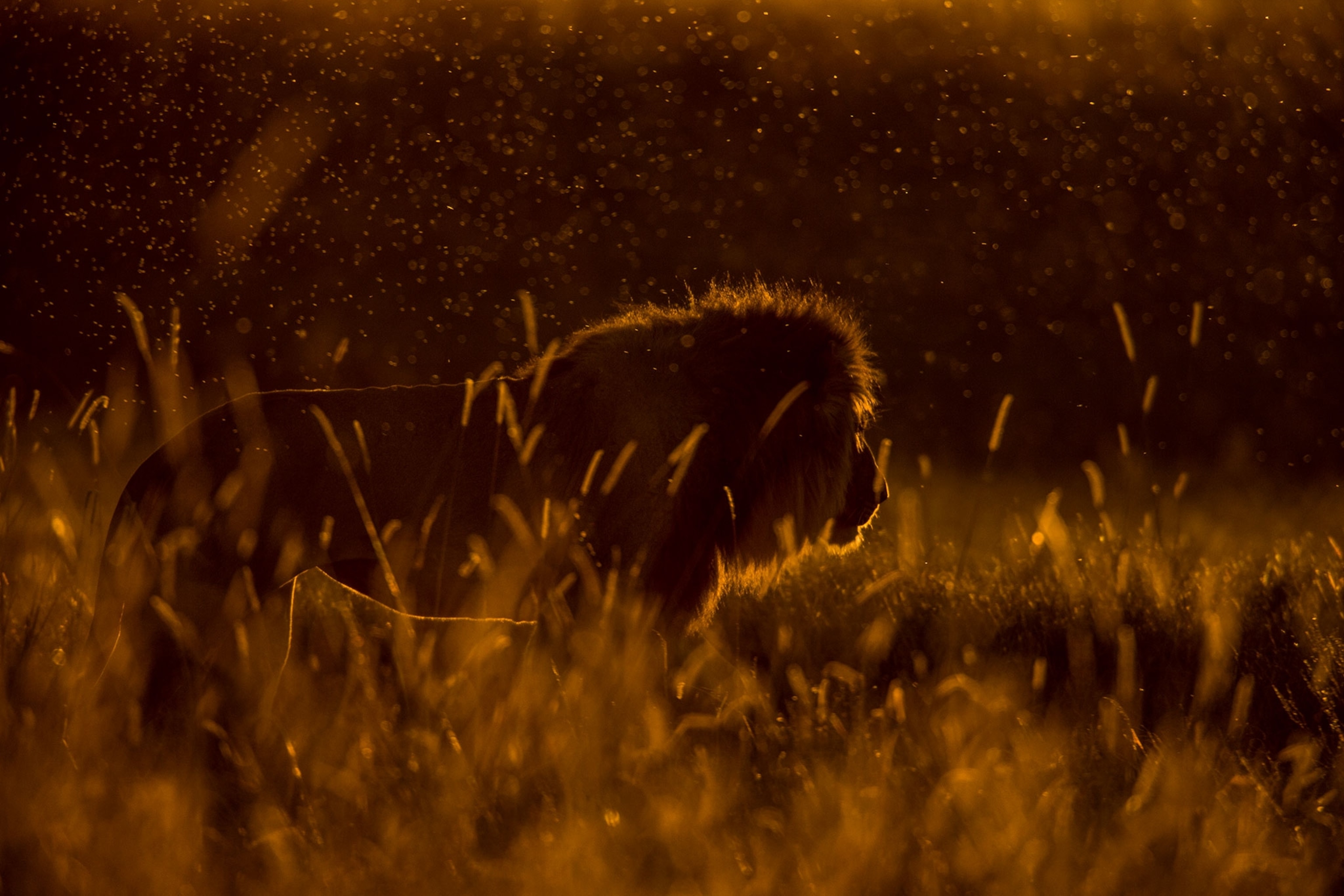When filmmakers Dereck and Beverly Joubert first visited what is now called the Selinda Game Reserve in northern Botswana, hunting had decimated the land.
“We saw the area get shot to threads by trophy hunters,” Dereck says.
But then the couple, both National Geographic Explorers, got a chance to do something about it. When hunting concession went up for sale, they raised funding and bought it. For the last 13 years, it has remained a protected reserve.
When the Jouberts first acquired the land, the lion population dwindled to a population of two: a single lioness and her female cub.
One fateful day, two males arrived, swimming across the Cuando River from Namibia. Soon, the lions began repopulating the region.
Today, there are around 100 lions in Selinda, Dereck estimates.
This comeback—covered in the duo’s film, Birth of a Pride (premiering Sunday, December 2 on Nat Geo Wild)—shows what can happen with appropriate protections for wildlife.
“If we put good conservation practices in place, we can turn a bad situation around,” Beverly says.
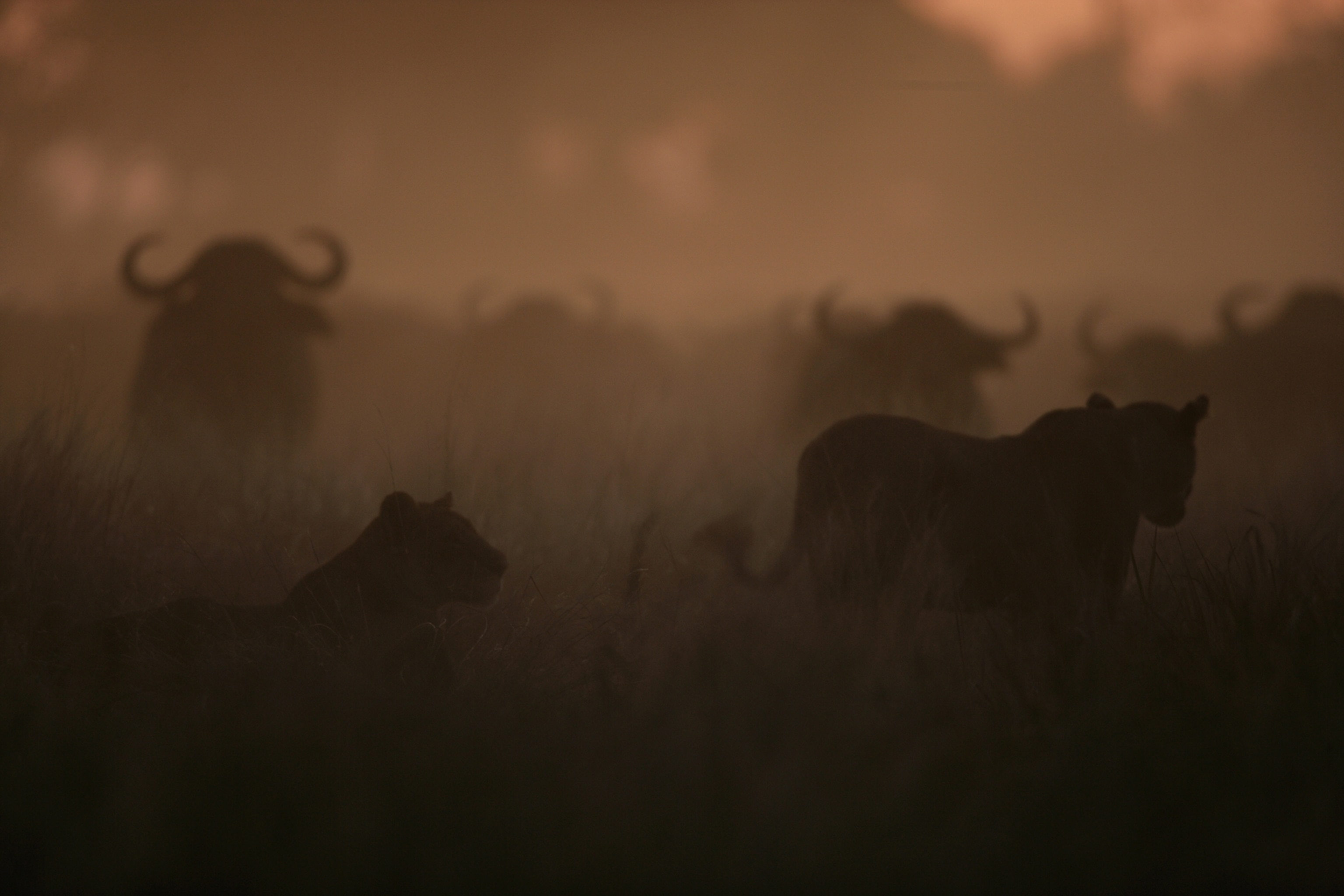
It’s a welcome antidote to the general bad news concerning lions. The animals have declined from a total population of 450,000 60 years ago, when the Jouberts were born, to today’s count of around 20,000.
In making the film, the Jouberts—both National Geographic Explorers—witnessed the remarkable determination that it takes to survive as a wild lion. In one wrenching scene, two lionesses attempt to lead their cubs across a river filled with hippos and crocodiles. Four of them make it, with two left behind overnight.
“Those two stayed on the bank shivering in the reeds, and we didn’t think the females would come back,” Beverly says.
But then, “in the early light we saw the silhouette of them coming in,” silently crossing the river, she adds. The lionesses rescued the frigid cubs, and the four swam across the water to safety.
“What an incredibly emotional time, to see the cubs were still alive,” Beverly says. “We try to share the emotions that we have [so] the audience will see that lions have a challenging enough time in their daily existence out here in the wild... without us exterminating them.”
The Jouberts are adamant that lion-hunting is not appropriate, given the small global population of the species.
Hunting for food, for animals such as deer in the United States where apex predators have been all but eliminated in many areas is “not something I’d oppose,” Dereck says. But killing lions, which sit at the top of the food chain, can wreak ecological havoc. Especially killing male lions.
When trophy hunters take one of these elder males, it can lead to a chain reaction of death, Beverly explains. Usually a new male will move into the pride and, as part of asserting his dominance, will kill the cubs of his predecessor. The turnover can also lead to deadly fights between competing females.
Without hunting, however, the lions naturally expand into new territory. Young males and females leave their prides after several years, and many start new family groups in surrounding areas—and that has already happened in Selinda.
The Jouberts see it as a model for what can happen elsewhere.
“We can’t give in to the bad news we’re hearing,” Dereck says. “We all have to hang on to hope.”
